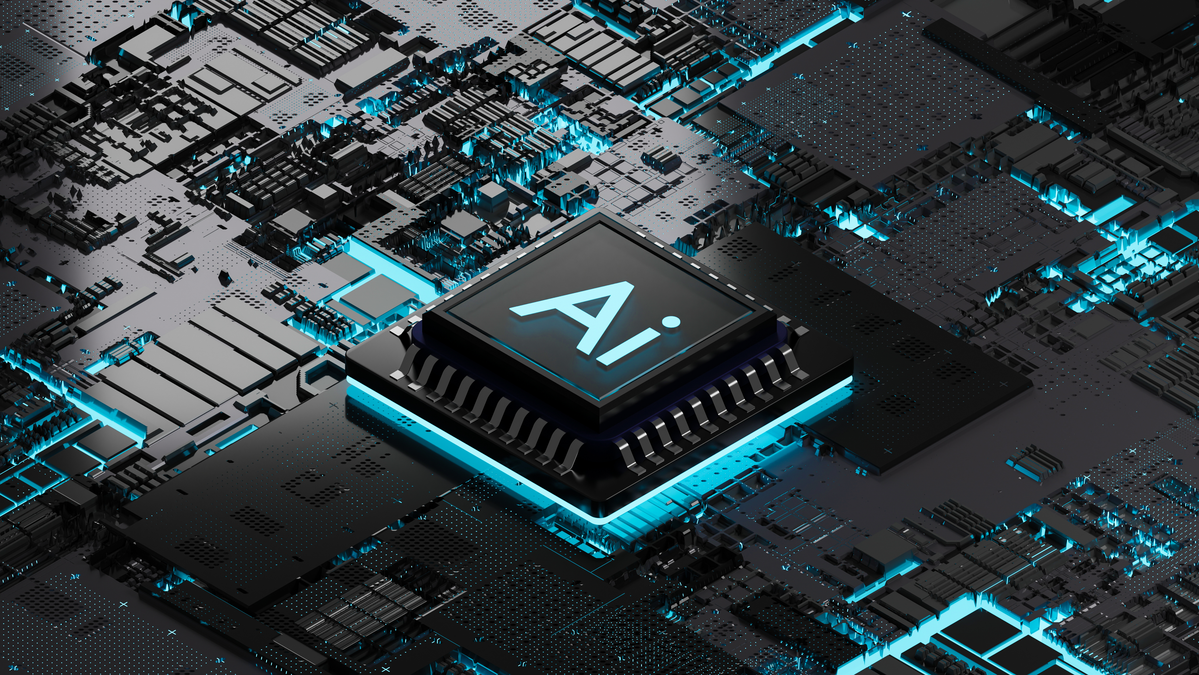This article was originally published on 9/19/2014 and updated most recently on 3/9/2016.
Over the next 10 years, the Internet of Things is predicted to create $19 trillion of global economic value. That's what happens when machines start talking to other machines, exchanging valuable business data faster than any human go-between ever could. By 2020, IT analyst firm Gartner expects to see 26 billion automated devices connected to the Internet. That's more than three Internet of Things devices per human, and the forecast doesn't even account for the devices we keep on hand for personal use.
It's the mother of all game-changers. So how can an early investor catch this wave before the market has matured and everyone is in on the secret?
These three stocks should do the trick. You might even find a surprise or two on this list.

Image source: Getty Images.
Red Hat skids into IoT management and security
At its core, the Internet of Things is what happens when you put today's big data and cloud computing trends together. Turning over information management and analysis to automated systems only makes sense when we're collecting more data than humans can wrap their heads around.
So the data collectors need some tools to make it all happen -- without opening huge security holes in the process. Naturally, they often turn to well-respected names in information management and security, whether or not those companies actively went looking for IoT opportunities.
That's exactly what happened to Linux vendor Red Hat (RHT +0.00%). The company had no plans to jump into the Internet of Things until some of its largest customers started asking for help in that arena.
"As soon as you hook them up to the Internet, all of a sudden security becomes a major concern," explained Red Hat CEO Jim Whitehurst in a 2014 phone interview with The Motley Fool. "You probably want to make sure that you can attach security patches and updates to these operating systems."
All of these connected devices have to run some kind of software, or they'd have no way to collect and manage their precious data. So that's where Red Hat comes in.
"Frankly, we've had a tremendous number of companies come to us and say, 'Hey, Red Hat, we need a slimmed-down version of Red Hat Enterprise Linux to go on our products, because we can't have our refrigerator or our TV all of a sudden getting hacked and spouting spam or people turning on the cameras,' etc.," Whitehurst explained.
Red Hat won't be the only security vendor in the Internet of Things space, or even necessarily the largest one. But in a market this huge, even a small niche can be game-changing. And I'm quite certain that Red Hat will hang on to a respectable slice of this rapidly growing market.
Intel serves the Internet of Things on several levels
So far, no big surprises -- even if Red Hat wasn't actively looking for a role in the IoT market. But what if I told you that stodgy old microchip maker Intel (INTC 1.84%) is making a big splash in the Internet of Things? Yes, it's already happening.
In fact, it's happening on multiple levels.
The Intel XMM 6255 is a 3G wireless modem, smaller than a penny and custom-built for deployment in Internet of Things devices. That's a first swing at the networking angle.
All of that rich data must be sent away from scrawny mobile devices to be processed on muscular, centralized servers. You can bet that Intel will own a large share of the back-end processing systems pie.
The company is already using IoT technologies to improve its own operations, reporting truckloads of actionable data on the performance of its chip manufacturing lines. Intel is likely to package and resell the lessons learned from this effort, opening up entirely new business-to-business revenue lines.
Surely you remember Intel buying data security specialist McAfee way back in 2011. That division, now rebranded as Intel Security, gives Intel a clear shot at the same security market that Red Hat is working in. This includes another line of fire into the Internet of Things. That $7.7 billion acquisition doesn't look so silly anymore.
So Intel has a multi-level approach to exploiting the IoT opportunity. But don't take my word for it: At the 2014 Intel Developer Forum conference, CEO Brian Krzanich spent half of his keynote speech talking about how Intel is attacking the Internet of Things from multiple angles.
This is happening, folks. Intel may not dominate any one of these sub-markets (except the back-end server space, most likely), but will own a respectable piece of several lucrative components.
Not your grandfather's General Electric
Finally, here's another greybeard of American industry that's retooling for a whole new era.
General Electric (GE 0.84%) is rarely seen as a bleeding-edge pioneer of high technology. Next-generation airplane engines and wind turbines just don't count in this race.
But GE spent $2.5 billion on software licenses in 2010, and then decided to take control of its technological future. A stand-alone lab was quickly set up to manage what GE calls the Industrial Internet. A rose by any other name would smell as sweet -- this is simply GE's name for the Internet of Things, with an industrial twist. General Electric now has its own software and networking operation, headed by vice president Bill Ruh.
GE's angle on the Internet of Things is to improve the performance, reliability, and value of industrial systems. "[The IoT] reflects a broader trend that devices are all becoming more intelligent," Ruh said in a phone interview with the Fool in 2012.
The company has spent more than $1.5 billion on Industrial Internet efforts since opening Ruh's software division, and it's already producing results.
Here's one example. In 2013, GE collected a measly 210 terabytes of operating data from 15,000 data-collecting airplane engines. That fits on a couple dozen consumer-grade hard drives.
In 2014, GE expanded its in-flight data collection something fierce. At 47,000 terabytes, it amounted to several thousand absolutely packed hard drives. In 2015, that volume tripled again.
And GE isn't just collecting flight data for its own entertainment. By analyzing this wealth of real-world measurements, GE can design better systems, help its customers maximize the value and lower the risk of using GE engines, and lower maintenance costs for airlines around the world.

GE's data analysis found big differences between seemingly similar flight routes, and was able to show its customers how to minimize day-to-day wear and tear under certain flight conditions. Source: GE.
Lower maintenance costs, lower operating risks, and maximized business value? You better believe these are solid selling points the next time a major airline refreshes its fleet of long-haul jets. Do we get the simpler and cheaper engines that might break down when we least expect it, or do we get GE's optimized and actively helpful units? The Industrial Internet version cuts down on long-term costs, and should win pretty much every time.
That's just one example from GE's massive collection of high-intensity industrial products. Networked intelligence is a big driver behind GE's rebalancing effort, where the GE Capital financing arm becomes less important over time in exchange for more industrial sales.






